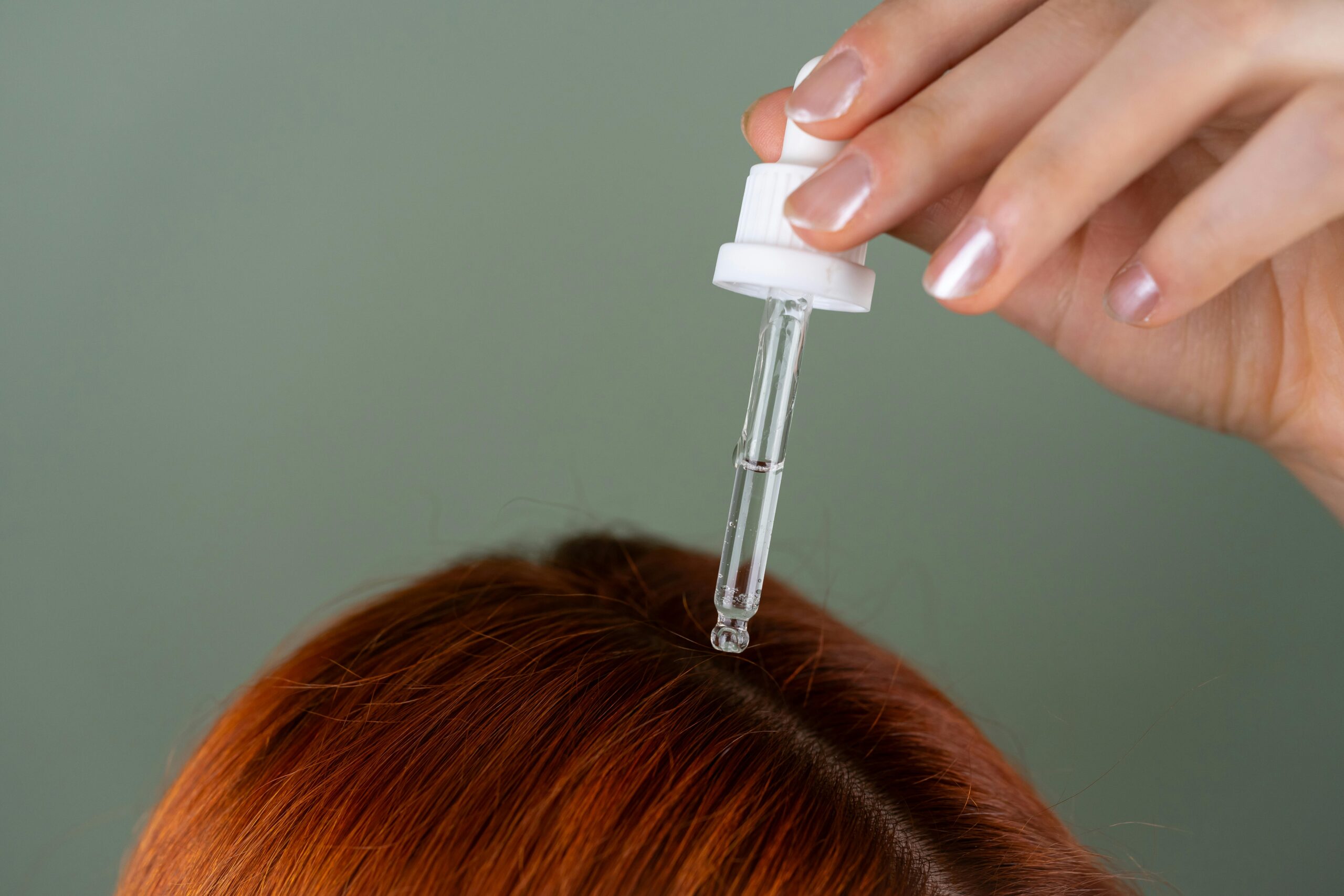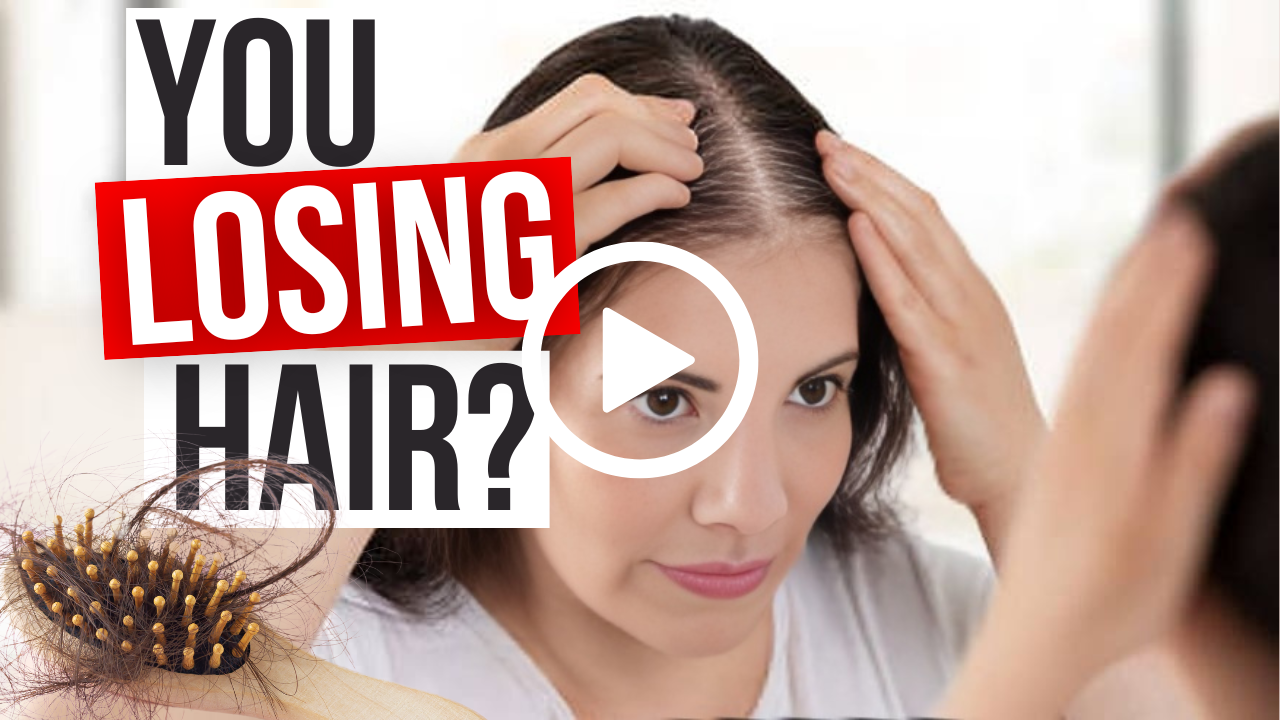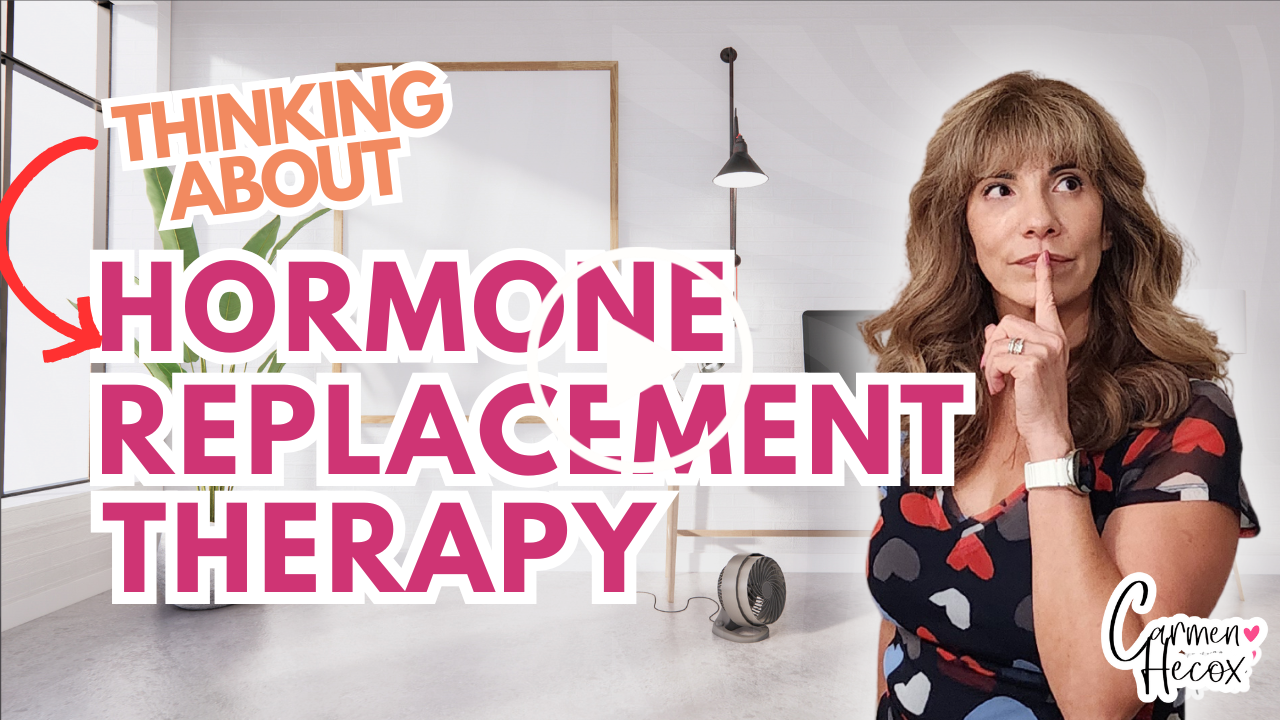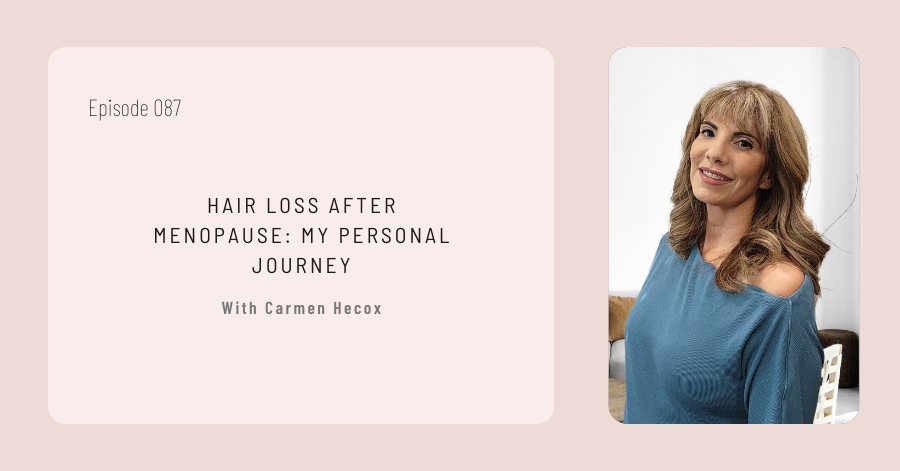Hair Loss After Menopause: My Personal Journey
Discover the Real Causes, Treatments, and Hopes for Regrowth
The Unwelcome Reality of Hair Loss
Hair loss after menopause is one of the most unexpected, frustrating changes many women experience. It’s a distressing shift that can affect confidence and overall well-being. This sudden thinning can feel alarming, but it's not the end. I’ve been navigating this journey myself, and my hope is to shed light on the causes of menopausal hair loss and explore what’s possible for regrowth and solutions. I’ll share my personal journey, treatments I’ve tried, and what’s working (and what’s not).
What You’ll Learn
I’ll dive into the different stages of hair growth, the impact of hormone therapy, supplements like Nutrafol, and alternative treatments like minoxidil and iron supplementation. You’ll also learn about how stress, COVID, and iron levels contribute to hair loss and what I've discovered in my quest for regrowth.

My Journey with Menopausal Hair Loss
It all started back in March 2021 when I noticed my hair thinning significantly. Initially, I attributed the issue to prior hair damage caused by excessive heat styling. I transitioned to wearing my hair naturally and reducing heat to minimize further breakage. However, it soon became clear that more was at play than just styling damage. The hair loss persisted, leading me to explore a wide range of causes and treatments.
Understanding Hair Growth Stages
To understand hair loss, it’s essential to know the four stages of hair growth:
- Anagen Phase: The active growth phase, where hair grows 1-1.5 centimeters each month.
- Catagen Phase: A brief regression phase lasting two to four weeks when growth slows.
- Telogen Phase: The resting phase, lasting two to four months, is marked by gradual shedding.
- Exogen Phase: The shedding phase, lasting two to five months, where new hair grows and replaces the old.
Knowing these stages helped me better understand what was happening on my scalp and manage my expectations for regrowth.

COVID-19 Connection and Nutrafol Results
In August 2023, I contracted COVID-19, and a few months later, I noticed a sharp increase in shedding. Determined to take action, I started Nutrafol Women’s Balance 45+ in March 2024. Two months in, I saw encouraging signs: new hair growth along my temples, sideburns, and hair part. Interestingly, the new growth was darker—a surprise, considering I’ve had premature graying since age 21. However, just when it seemed I’d found a solution, a sudden bout of shedding in May 2024 left me alarmed. Was stress the trigger? Or something else?
Bioidentical Hormone Replacement Therapy and Hair Loss
In late May 2024, I began bioidentical hormone replacement therapy (BHRT). My doctor was cautious with the dosage, knowing that high testosterone can contribute to hair loss. Despite the low dose, by mid-June, my hair was shedding more than before. Alarmed, I consulted my primary doctor, who checked my iron and ferritin levels, suspecting potential deficiencies.
What I learned:
- High testosterone from hormone therapy can trigger hair loss, especially for women sensitive to androgens.
- Low iron and ferritin levels, though “normal” by general standards, might still be suboptimal for hair growth.
Experiments with New Treatments
In July 2024, I tried the Pura d’or Advanced Therapy Shampoo and Conditioner. Unfortunately, it left my hair dry, gummy when wet, and almost unmanageable. My hairstylist had to perform an intensive conditioning treatment to restore moisture. I was also advised to discontinue use, and the damage lingered for months.
Join our community
Connect with like-minded individuals.

Minoxidil, Compound Hair Topicals, and Iron Supplements: Do They Work?
I explored minoxidil, a topical treatment often used for regrowth, opting for a compounded formula to boost results. While minoxidil and the compound formula are both known to cause initial shedding, I hoped that its long-term effects would be worth it. Additionally, I read about the importance of maintaining ferritin levels between 70-110 ng/mL for optimal hair health. Despite having “normal” ferritin levels of 27 ng/mL, I decided to increase my intake of iron supplements to reach a higher optimal range. I’ve been consistently taking 65 mg of iron daily, paired with vitamin C, for better absorption.
What to expect:
- Minoxidil may show results within six to twelve months, with an initial increase in shedding as part of the process.
- Iron supplements might take several months to improve ferritin levels and support regrowth.
Adjustments in Hormone Therapy
In October 2024, I switched to a new Bioidentical Hormone Replacement Therapy (BHRT) provider, who lowered my testosterone dose further than what’s recommended based on my lab results. He also suggested Saw Palmetto, a natural supplement that could reduce DHT (dihydrotestosterone) levels—a hormone linked to hair thinning. I started taking 540 mg of Saw Palmetto and hope to see positive effects within two months.

Low-Level Light Therapy for Hair Growth
In my search for effective treatments, I discovered low-level light therapy (LLLT), a device that stimulates hair follicles and promotes regrowth. It’s not a quick fix, but studies suggest it can improve hair density and strength over time. I began using the LLLT helmet every other day in October and plan to monitor the results closely over the next few months.
Advocating for Personal Health
Throughout this journey, I’ve learned the importance of advocating for my own health. I’ve faced setbacks with ineffective treatments, high testosterone levels, and unresponsive healthcare providers. But I’ve also discovered that perseverance, research, and finding the right doctor can lead to real solutions.
Key Takeaways for Managing Hair Loss
- Know your hormone levels: High testosterone can contribute to hair loss, especially during menopause.
- Check your iron and ferritin levels: “Normal” might not be optimal for hair growth.
- Consider multiple treatments: From minoxidil or a customized compound formula to LLLT, combine approaches for the best results.
- Be patient: Regrowth takes time. Hair follows a natural cycle, so give treatments several months to show results.
Final Thoughts: Where I Go from Here
I’m continuing with a comprehensive plan: Nutrafol, iron supplements, saw palmetto, compound hair growth topical (similar to minoxidil), and low-level light therapy. I’ve also started washing my hair more frequently to prevent follicle blockage, which could lead to further loss. This approach isn’t just about regrowth; it’s about taking control of my health and well-being.
I’ll share updates in three to four months as I monitor the progress. Remember, this journey is personal, and results vary. But don’t be discouraged—solutions exist. Stay proactive, and never stop searching for answers.
If you want to be the first to know when a new episode is released, sign up to receive those notifications.
Watch the complete episode here.

Resources Mentioned:

My 90-Day Postmenopausal HRT Journey: Relief, Risks, and Rewards
Subscribe to Apple Podcasts, and don't forget to Rate and Review
Like what you heard? If so, please rate and comment on Apple Podcasts. And while you are there, let me know what you want to hear next.
And while you are there, don't forget to hit Subscribe.


